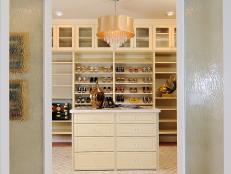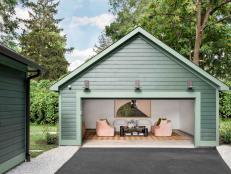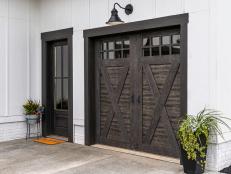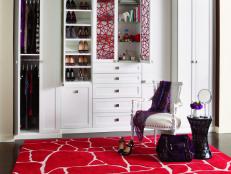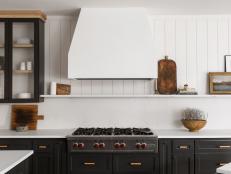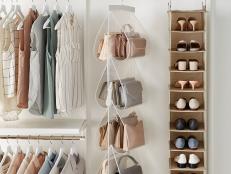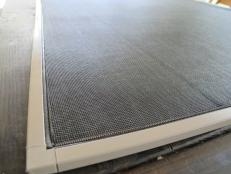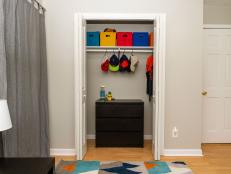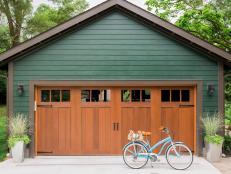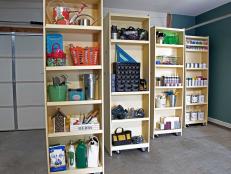Louvered Closet Doors: Designs, Repair, Replacement
Use slatted doors in closets where mildew is an issue.

Erika Bierman
Louvered, or shuttered, closet doors allow air to circulate and discourage mildew, making them a perfect solution for bathrooms, utility closets and laundry rooms. Cleaning, repairing or replacing them can seem daunting but there are useful tips that that don't require complete disassembling.
Lighting Ideas for Your Closet
See All PhotosSlats in louvered or shutter doors can be made of wood, polyurethane plastic molding or particle board. When slats break and need to be repaired or replaced, simply secure lattice strips or plastic molding with a small nail.
Slanted slats can easily accumulate dust and can be time consuming to clean. Magnetic dust cloths make cleaning them easier. Let your kids earn allowance money doing the dusting – it's simple, fun and right at their height.
Replacing louvered closet doors can be easy if the tracks are not bent or damaged. You’ll probably need an extra set of hands when you're taking the old doors down and putting in new ones. Bifold doors, curtains or sliding doors can be alternatives and can be matched to complement your style.
A fresh coat of paint can spruce up a functioning set of louvered or shuttered closet doors but take care not to allow any drips on the track and watch for drips between slats. Be careful when taking doors down and reinstalling them after painting so that you don’t bend or damage the track.
If you're replacing louvered doors measure the distance, beginning with width, of the door opening. Always allow for carpeting or deep floor coverings when measuring the height.
See also: Closet Planning Guide













